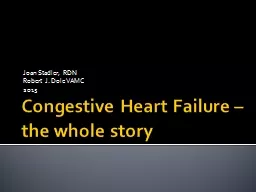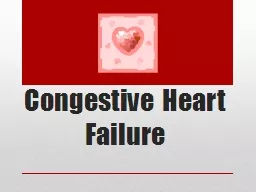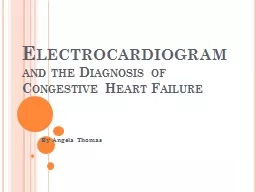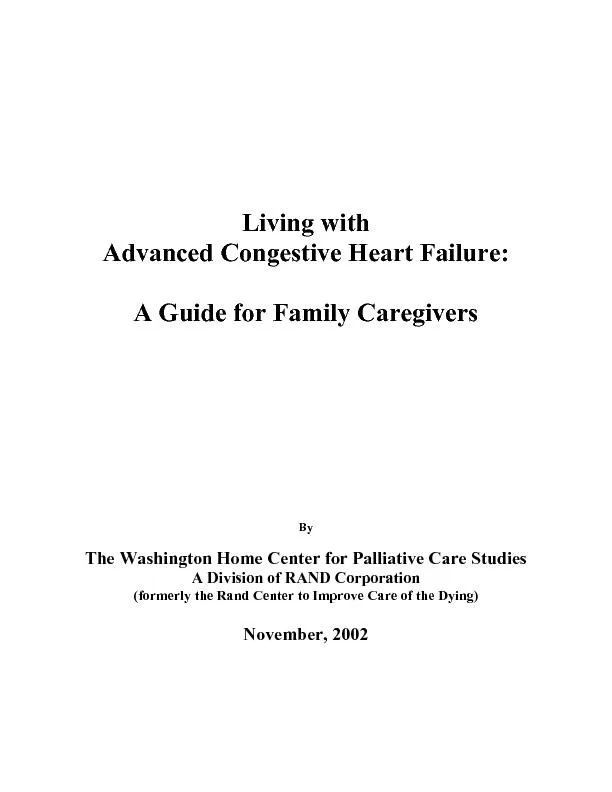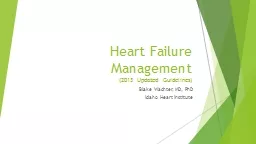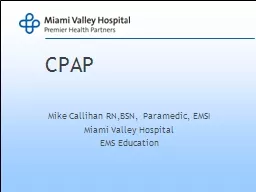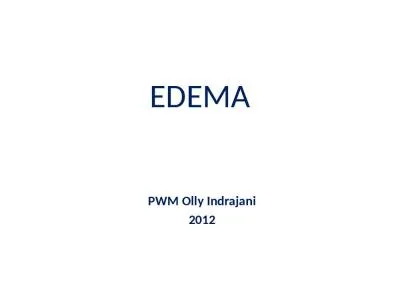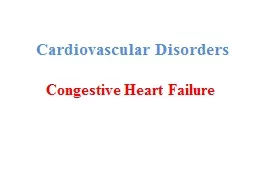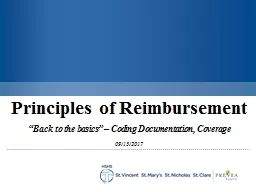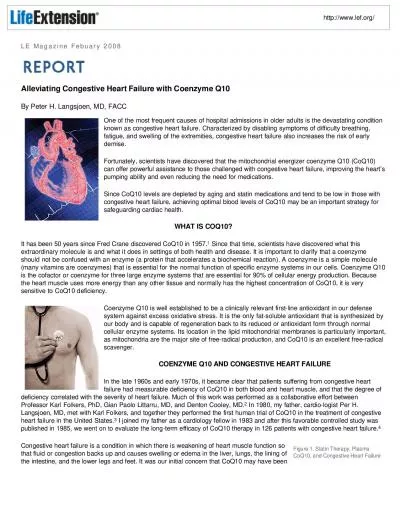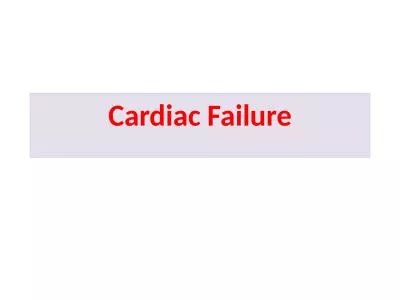PPT-Congestive Heart Failure – the whole story
Author : pasty-toler | Published Date : 2016-03-07
Joan Stadler RDN Robert J Dole VAMC 2015 What is heart failure The heart does not pump normally so Blood backs into the lungs Fluids back into the lungs Insufficient
Presentation Embed Code
Download Presentation
Download Presentation The PPT/PDF document "Congestive Heart Failure – the whole s..." is the property of its rightful owner. Permission is granted to download and print the materials on this website for personal, non-commercial use only, and to display it on your personal computer provided you do not modify the materials and that you retain all copyright notices contained in the materials. By downloading content from our website, you accept the terms of this agreement.
Congestive Heart Failure – the whole story: Transcript
Download Rules Of Document
"Congestive Heart Failure – the whole story"The content belongs to its owner. You may download and print it for personal use, without modification, and keep all copyright notices. By downloading, you agree to these terms.
Related Documents

